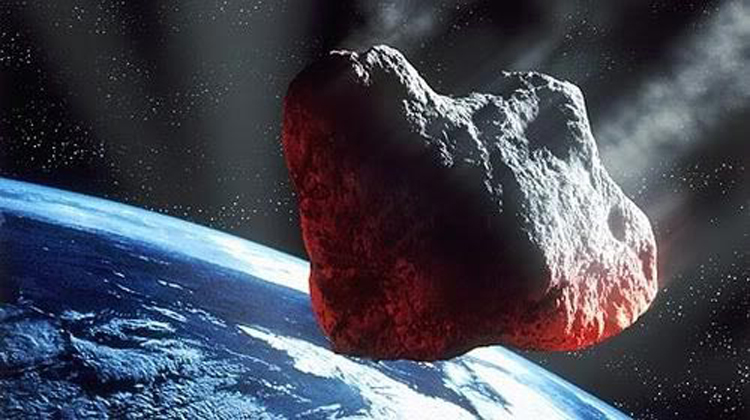NASA Asking 'Makers' to Help Combat Asteroid Threat

NASA continues to broaden its search for ideas that could help prevent killer asteroids from striking Earth.
Agency officials will attend the World Maker Faire in New York City this weekend (Sept. 21-22), with the goal of convincing the global community of inventors and tinkerers to help discover, track and deflect asteroids that could put Earth in peril.
At Maker Faire, NASA will highlight its "Asteroid Grand Challenge," a call for ideas from the public, industry and academia that the space agency unveiled this past June. [Potentially Dangerous Asteroids (Images)]
"Unlike traditional NASA missions of exploration and science, this grand challenge is driven by the idea that protecting our planet is an issue bigger than any one program, mission or country," NASA chief technologist Mason Peck said in a statement.
"For the first time, NASA has reached out to industry, academia, stakeholder organizations and private citizens for ideas on how to find, track and deflect asteroids," Peck added. "These partnerships represent a new way of doing business for NASA and a call to action for makers: join us to become a critical part of the future of space exploration."
At Maker Faire, which celebrates innovation, resourcefulness and originality, space agency officials will have science hardware available for makers to program. NASA will also explain how members of the public can use personal computers to track the orbits of asteroids.
The Asteroid Grand Challenge — one of many challenges announced by the Obama Administration and government agencies to spur scientific innovation — also solicited ideas for NASA's ambitious asteroid-capture mission, which seeks to drag a small (roughly 25-foot, or 7.6-meter) space rock into orbit around the moon using a robotic probe.
Get the Space.com Newsletter
Breaking space news, the latest updates on rocket launches, skywatching events and more!
Once there, the asteroid could be visited by astronauts using NASA's huge Space Launch System rocket and Orion capsule, both of which are in development.
The asteroid-retrieval effort represents one way to get astronauts to an asteroid by 2025, a goal laid out for NASA by President Barack Obama in 2010. NASA's 2014 budget plan sets aside $100 million to start work on the unmanned phase of the project. (Researchers at Caltech's Keck Institute for Space Studies in Pasadena, who proposed such a mission last year, estimated it could be done for about $2.6 billion, but NASA officials have said they expect it to be cheaper than that.)
NASA received about 400 proposals in response to its June Grand Challenge call, two-thirds of which focused on the asteroid-capture mission. NASA officials will discuss the top-ranking 96 asteroid-retrieval ideas in a public workshop set to take place at the Lunar and Planetary Institute in Houston from Sept. 30 to Oct. 2.
Follow Miriam Kramer @mirikramer and Google+. Follow us @Spacedotcom, Facebook and Google+. Original article on SPACE.com.
Join our Space Forums to keep talking space on the latest missions, night sky and more! And if you have a news tip, correction or comment, let us know at: community@space.com.

Miriam Kramer joined Space.com as a Staff Writer in December 2012. Since then, she has floated in weightlessness on a zero-gravity flight, felt the pull of 4-Gs in a trainer aircraft and watched rockets soar into space from Florida and Virginia. She also served as Space.com's lead space entertainment reporter, and enjoys all aspects of space news, astronomy and commercial spaceflight. Miriam has also presented space stories during live interviews with Fox News and other TV and radio outlets. She originally hails from Knoxville, Tennessee where she and her family would take trips to dark spots on the outskirts of town to watch meteor showers every year. She loves to travel and one day hopes to see the northern lights in person. Miriam is currently a space reporter with Axios, writing the Axios Space newsletter. You can follow Miriam on Twitter.









